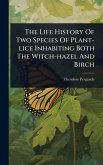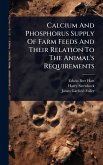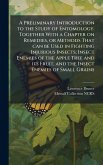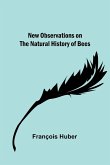"On The Oxen-born Bees Of The Ancients (bugonia) And Their Relation To Eristalis Tenax, A Two-winged Insect" delves into the historical belief in spontaneous generation, specifically the ancient concept of bugonia, or the generation of bees from the carcasses of oxen. This treatise, penned by Carl Robert Osten-Sacken, explores the classical understanding and perceived origins of bees, contrasting it with modern entomological knowledge. Osten-Sacken meticulously examines the ancient texts and beliefs surrounding bugonia, linking these historical accounts to the insect Eristalis tenax, a two-winged fly. The work provides valuable insights into the history of entomology and the evolution of scientific understanding. It is an invaluable resource for anyone interested in the history of science, classical natural history, and the fascinating intersection of myth and early scientific observation. This work has been selected by scholars as being culturally important, and is part of the knowledge base of civilization as we know it. This work was reproduced from the original artifact, and remains as true to the original work as possible. Therefore, you will see the original copyright references, library stamps (as most of these works have been housed in our most important libraries around the world), and other notations in the work. This work is in the public domain in the United States of America, and possibly other nations. Within the United States, you may freely copy and distribute this work, as no entity (individual or corporate) has a copyright on the body of the work. As a reproduction of a historical artifact, this work may contain missing or blurred pages, poor pictures, errant marks, etc. Scholars believe, and we concur, that this work is important enough to be preserved, reproduced, and made generally available to the public. We appreciate your support of the preservation process, and thank you for being an important part of keeping this knowledge alive and relevant.
Bitte wählen Sie Ihr Anliegen aus.
Rechnungen
Retourenschein anfordern
Bestellstatus
Storno








